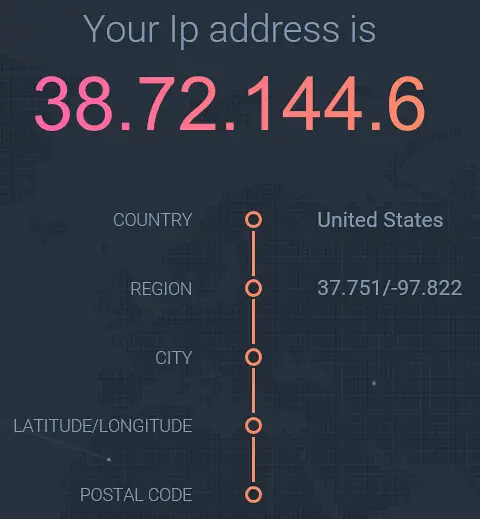Welcome to our comprehensive guide on configuring browsers for HTTP Proxies on Windows. In today's internet-driven world, using an HTTP proxy is a common way to protect your online privacy and security. In this tutorial, we'll take you through the step-by-step process of setting up Google Chrome, Mozilla Firefox, and Microsoft Edge for HTTP Proxies on Windows. Whether you're a beginner or an experienced user, this guide will help you configure your browsers in a matter of minutes.
Let's get Started!
The first thing you need to do is to log in to your account and go to your purchased HTTP proxies (Dedicated or Shared).

Choose the HTTP proxy you want to use and get its IP and Port.
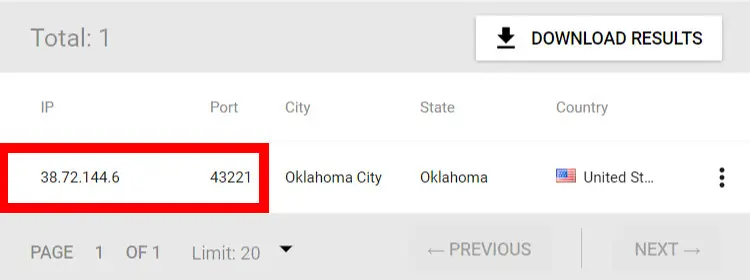
Choose your authentication method
To connect to the proxy server, you need to choose one of the two authentication methods: By using a username and password or through IP Authentication.
On the right column, you can see the Proxy Credentials tab used for the user password authentication and the Authentication IPs tab used for the IP authentication.

- Username & password authentication
If you choose to authenticate by using a username and password, you’ll be asked to provide the credentials after you configure the browser to use the proxy server. A pop-up window will open when you’ll access a web page (you’ll find a screenshot of this request in the following guides for each browser).
You can find the username and password in your account under the Proxy Credentials tab.

The username is your account’s username and it can’t be changed. You can change the password by clicking on the password field and typing in the desired password. The change will take place automatically.
*This password is different from the password you use to log into your account.
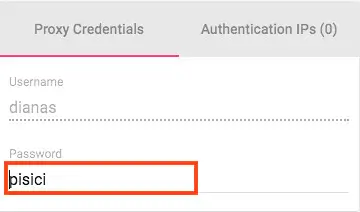
- IP authentication
Through this method, the authentication to the proxy server will be made based on your IP without it requesting a user password.
To add your own IP to IP manager access the Authentication IPs tab and click on Add More.
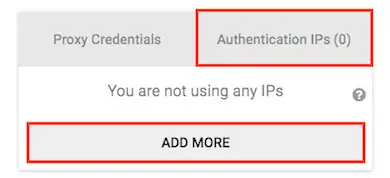
A new window will pop up. Click on Add own IP and your IP will be pulled automatically.
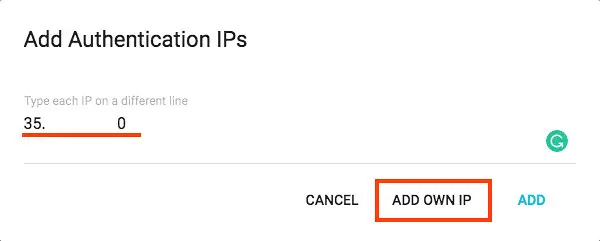
To save it, click on Add.

The IP will be shown in your account in the Authentication IPs tab. You can delete the IP by clicking on the X next to it.
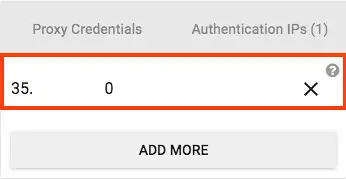
Google Chrome
When you configure Google Chrome to use the proxy server, you’ll be using the Windows Internet Options panel. Meaning that all of your browsers will connect through the proxy and not only Chrome.
To configure Google Chrome to use the proxy, open up a tab and click on the hamburger button in the upper right corner. From the drop-down menu, click on Settings.
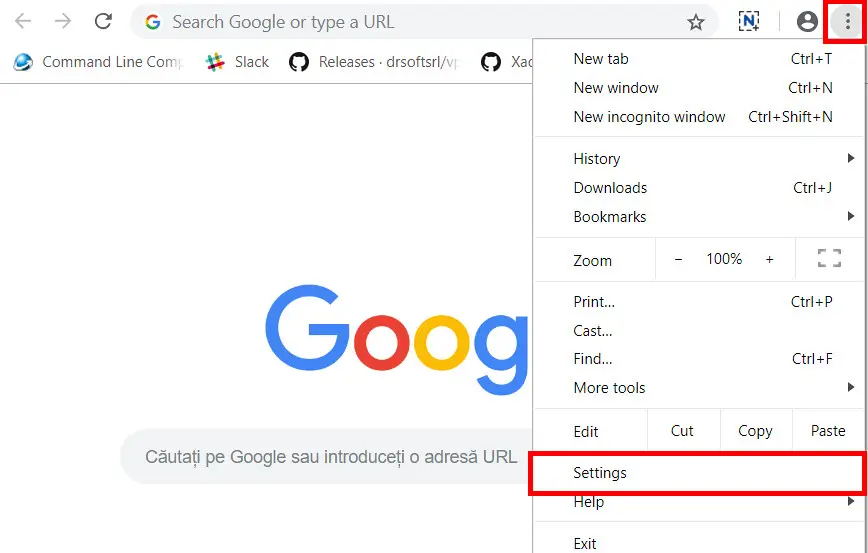
Scroll down the page until you see the Advanced button and click on it to reveal more options.
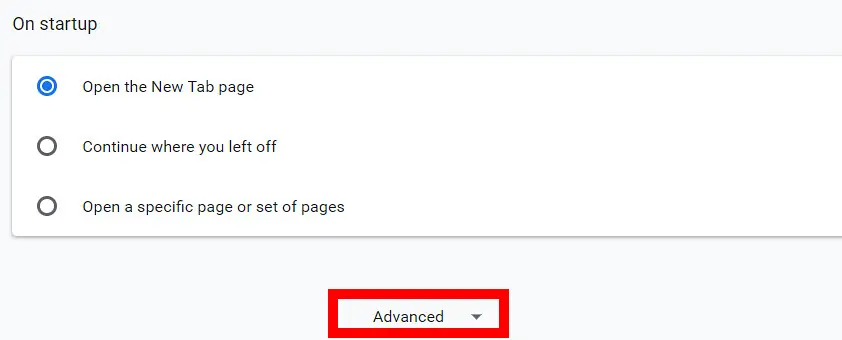
Scroll until you see the System section. From there, click on Open proxy settings.

A window with the Internet properties will open. To add your proxy address, click on the LAN settings button.
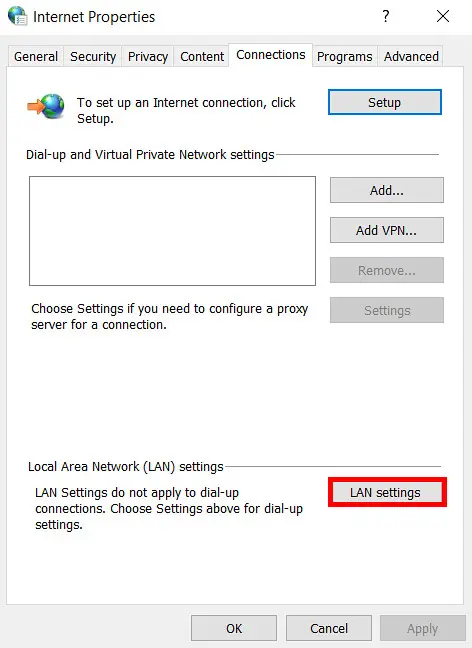
From the LAN settings, click to enable using a proxy server for your LAN.
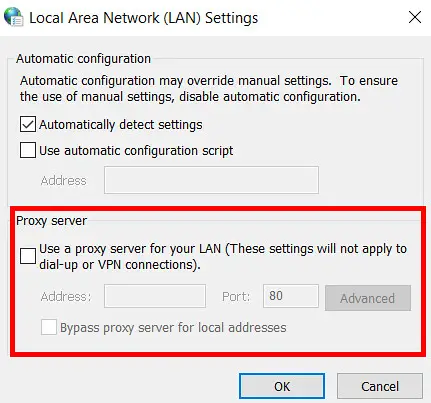
Click to access the Advanced panel.
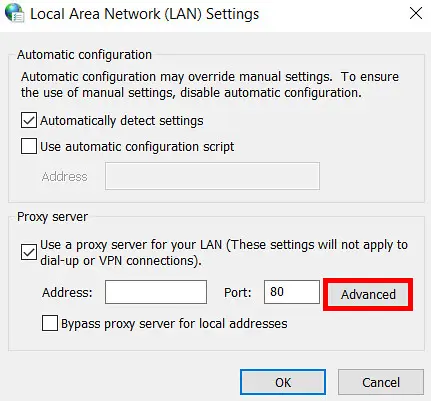
Add your proxy Address (IP) and Port in the HTTP field.

If you have certain websites where you want to connect without using the proxy server, you can do so by adding them as an exception in the dedicated field.
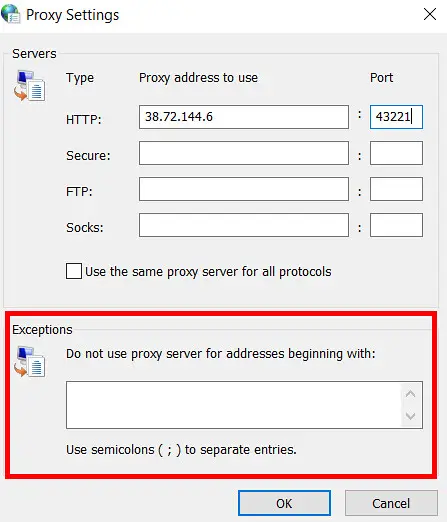
Once you’re done, click OK.
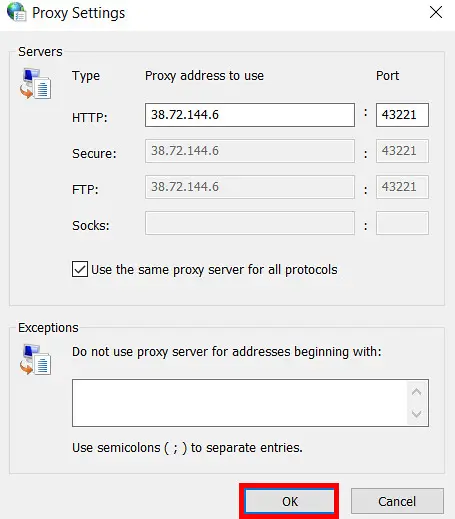
For the change to take place, hit the OK button both in the LAN Settings and the Internet Properties windows.
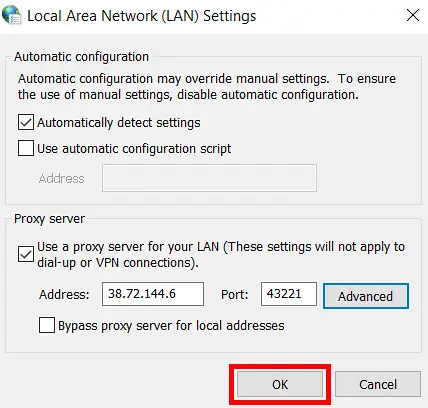
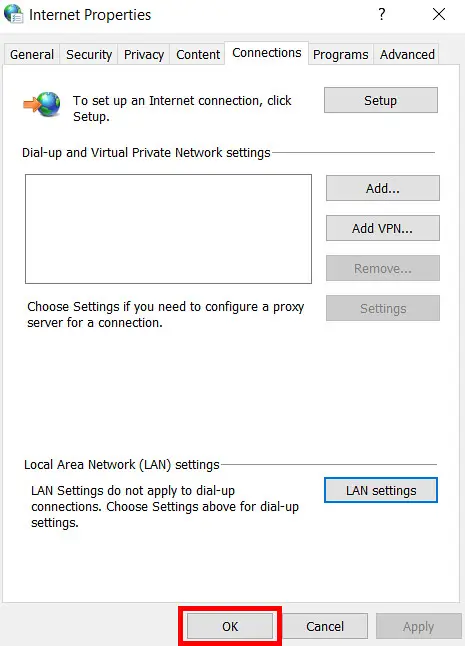
When you’ll first access a web page, you’ll be asked to provide the username and password if you’ve chosen this type of authentication. If you’ve set your proxy to authenticate through your IP, it will connect automatically.
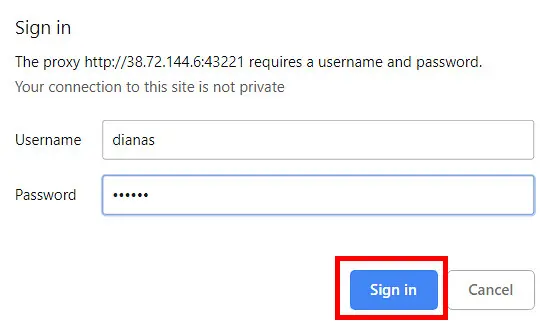
Go to InfoIP to check if your connection is made through the proxy server.
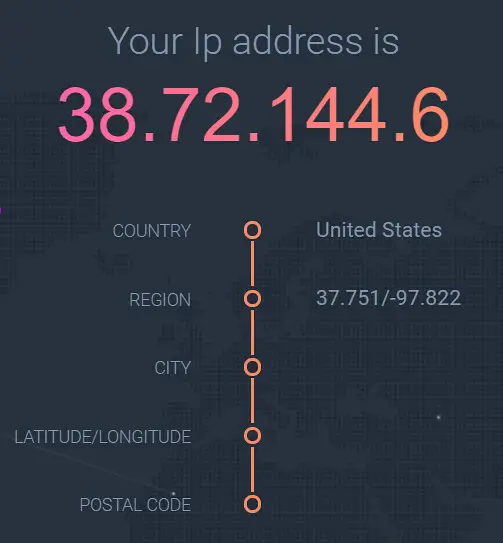
Mozilla Firefox
To configure Mozilla Firefox to use the proxy server, first open the browser, click on the drop-down button in the top right corner, and access the Options (or Preferences on some versions).
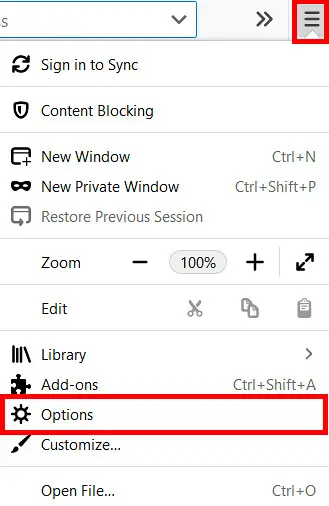
Scroll to the bottom of the page to find the Network Settings and click on the Settings… button.

A window with the Connection Settings will open. Check the radio button next to Manual proxy configuration and fill in your proxy’s IP and Port in the HTTP Proxy field.
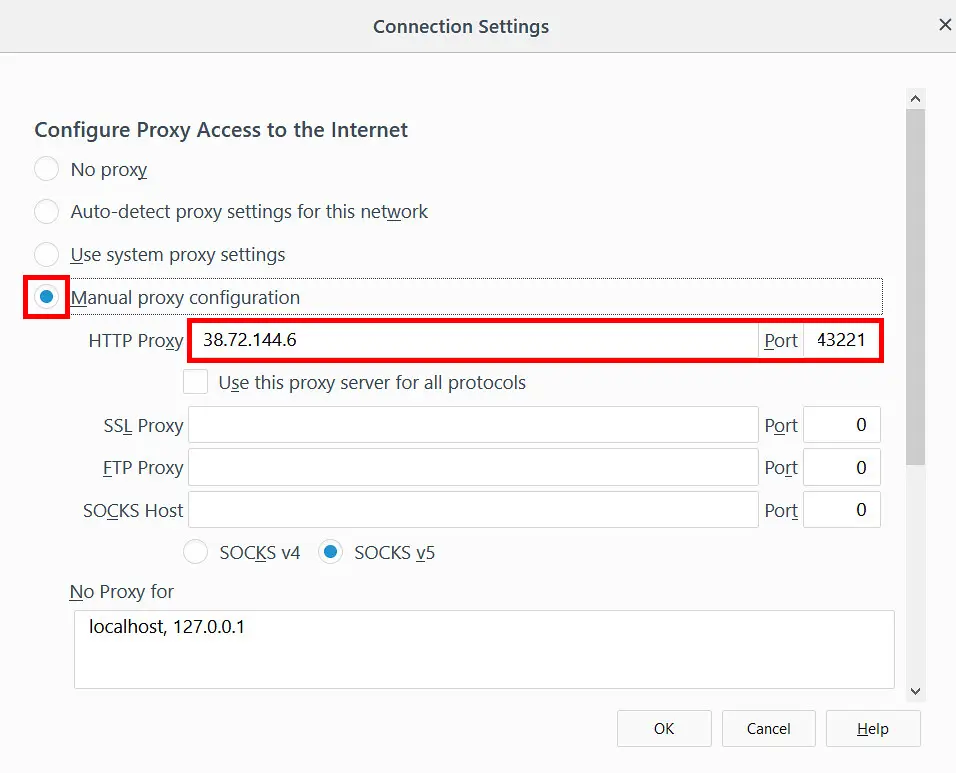
Enable Use this proxy server for all protocols.
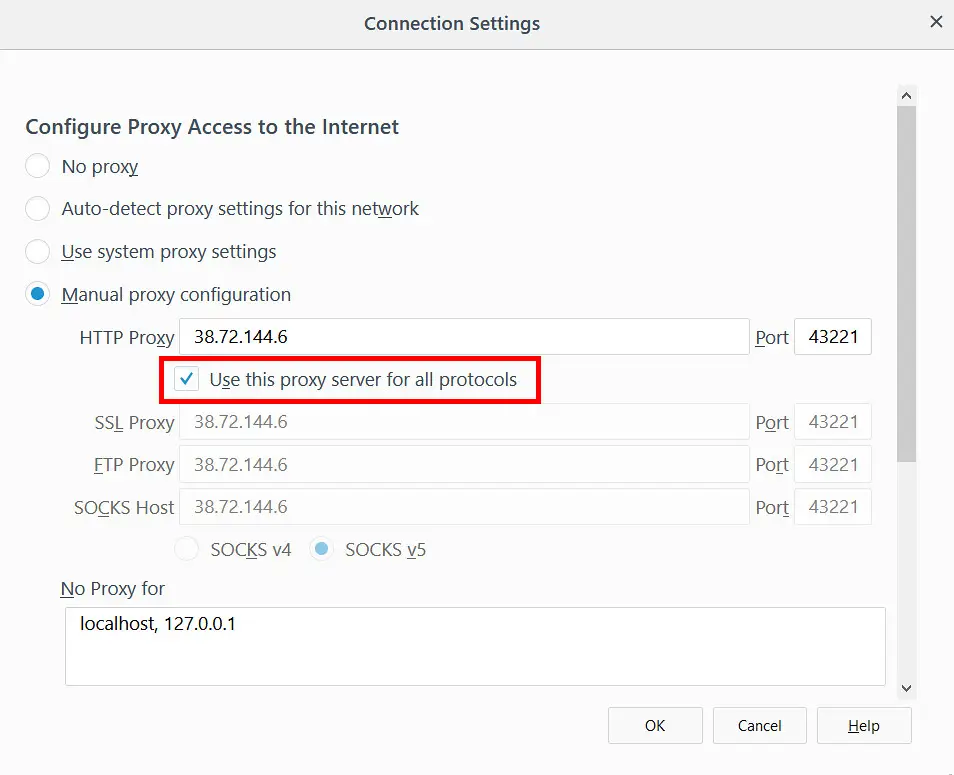
If you want to bypass the proxy server on specific websites, you can add them in the No Proxy for field.
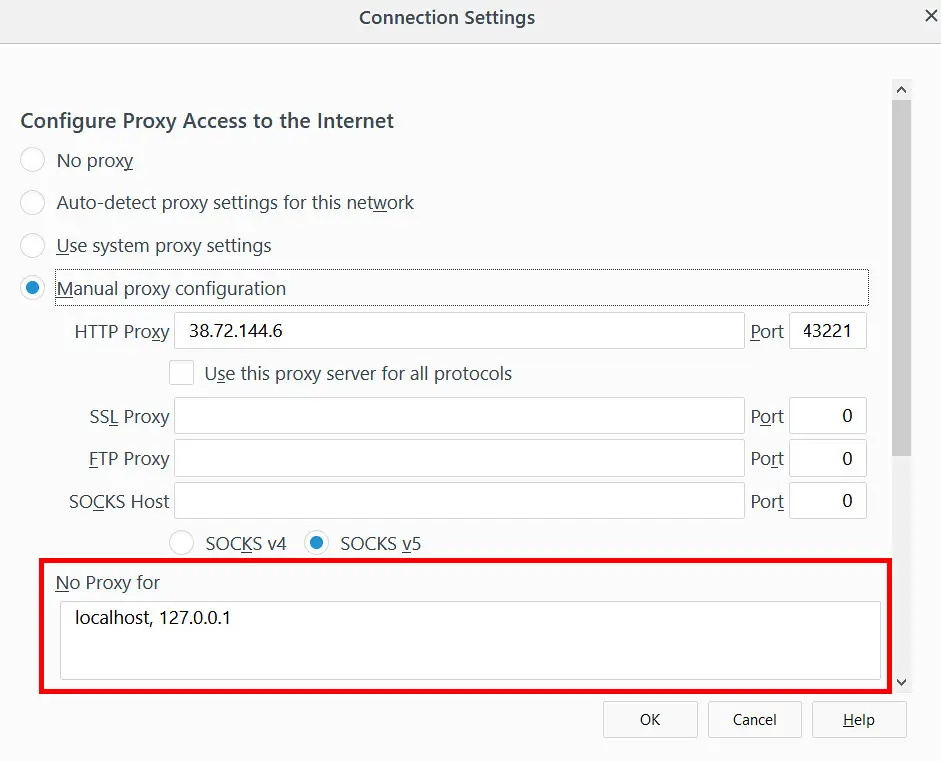
Once you completed all the fields, click on OK to apply the changes.

When you’ll first access a web page, a pop-up window will open asking for your proxy’s Username and Password if you enabled the authentication through proxy credentials in your account. If you chose the IP authentication, the connection is set up automatically.

To make sure the connection is running through the proxy server, go to InfoIP and see if the IP matches your proxy’s address.
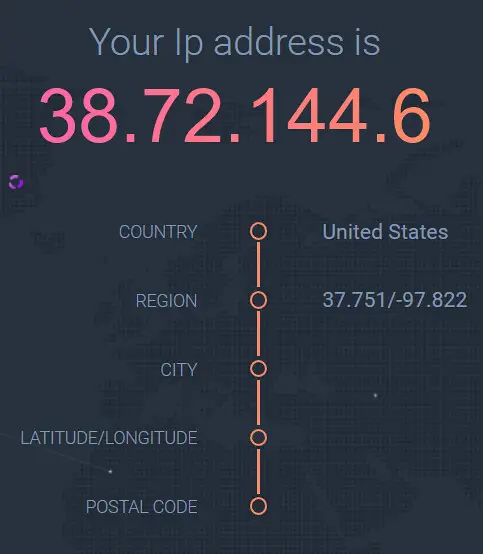
Microsoft Edge
When you configure Microsoft Edge to use the proxy server, all of your browsers will connect through the proxy, not only Microsoft Edge.
To configure proxies in Microsoft Edge, open the browser and click on the hamburger button in the upper right corner to reveal the menu. Click on Settings.
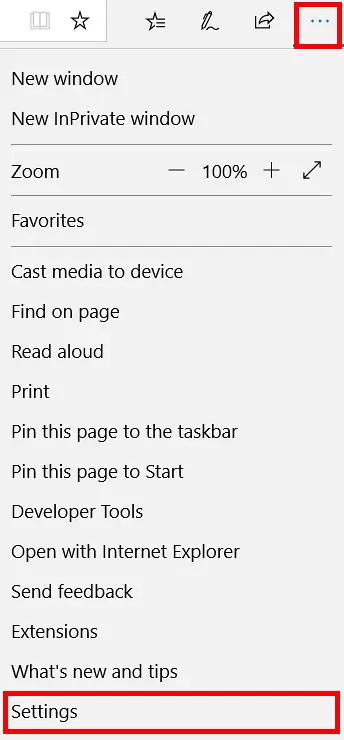
The Settings window will open. Scroll down until you see Advanced settings and click on View advanced settings.
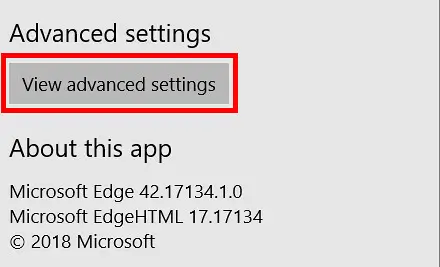
Here you’ll see a section named Proxy setup. Click on Open proxy settings.
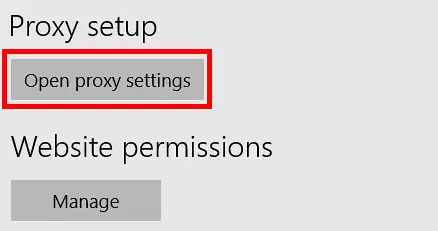
A new window will pop up where you can customize your proxy settings. Turn on the Use a proxy server from the Manual proxy setup section.
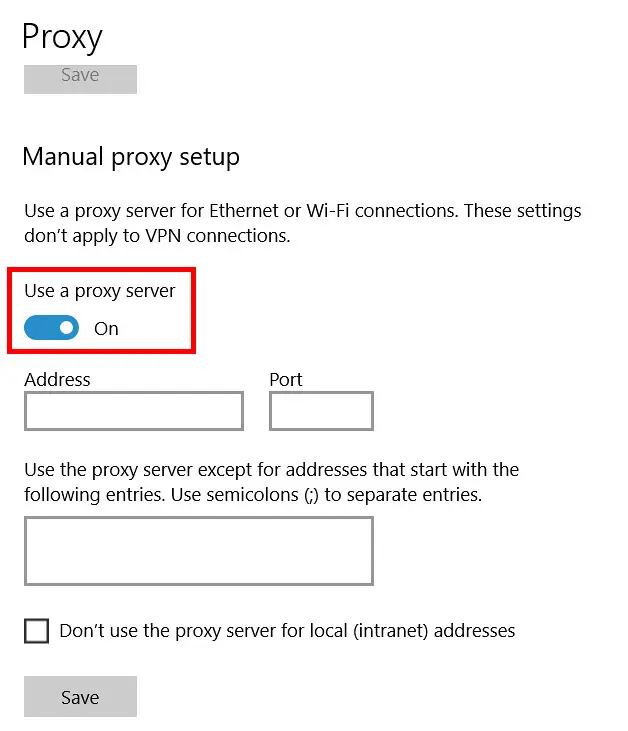
Fill in your proxy IP and port.
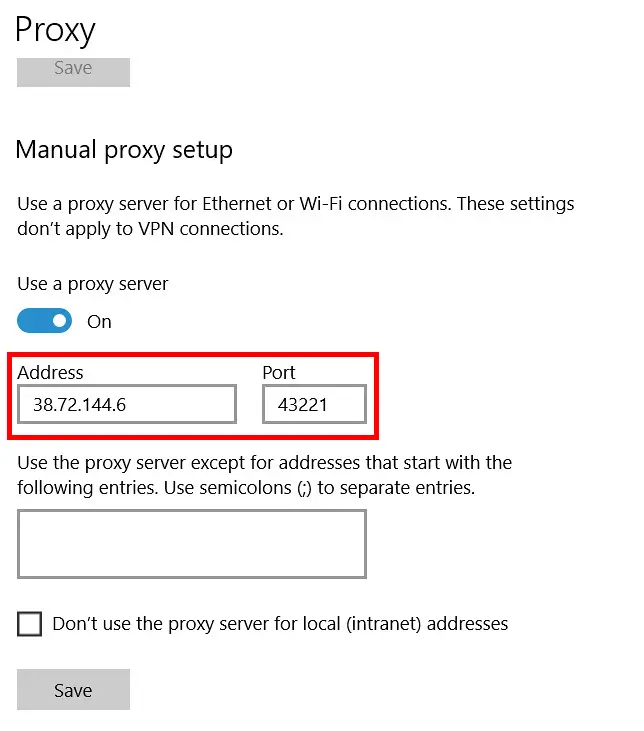
If you have certain websites where you don’t want to connect through proxy servers, you can add them in the dedicated box. You can also choose not to use proxy servers on local addresses by checking the box highlighted below.
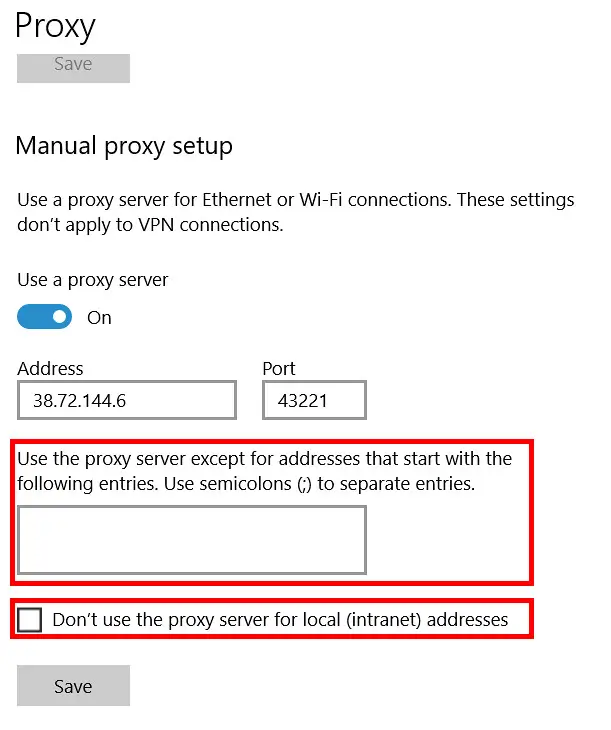
Once you’re done with filling your proxy credentials and the desired settings, click on Save.
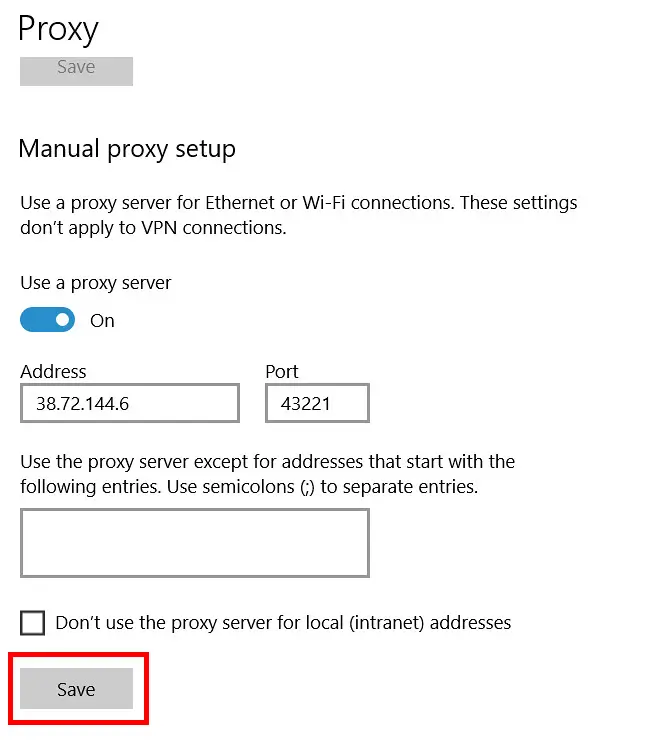
You’ll be asked to provide the Username and Password to authenticate to the proxy server when you’ll be accessing a web page for the first time. Fill in the Proxy Credentials from your account. If you’ve chosen the IP authentication method, this window won’t pop up.
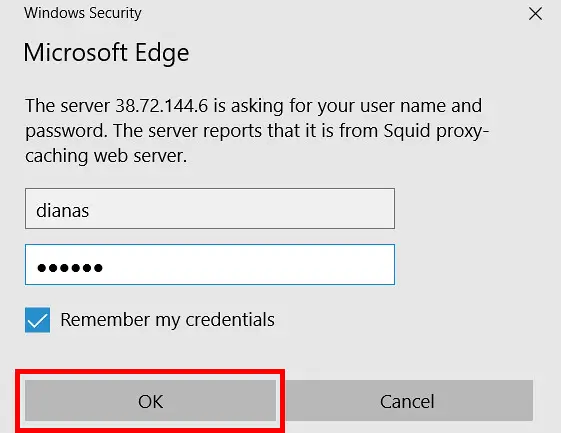
Go to InfoIP to check if your internet connection is made through the proxy server.
